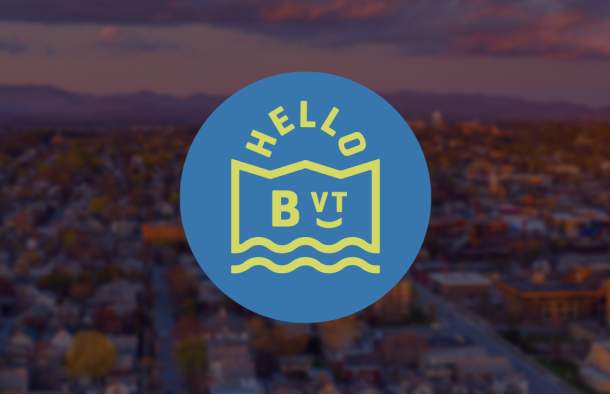A LOCAL’S GUIDE TO GET YOU STARTED
By Ralph Kucharek

Photo by Zach Walbridge courtesy of SkiRack
Vermont lives, breathes, and eats winter and Burlington is no exception. One local favorite way to spend time outdoors in the winter is touring, also known as “skinning.” It has never been easier to ski uphill thanks to recent technological developments and pandemic-peaked interest in our beloved winter sports. The slow approach of skinning brings an extra bit of soul and gratification to adventuring outdoors. And luckily, Burlington is remarkably close to easily accessible, world-class ski resorts and thousands of acres of powder stacked woods. Whether you’re a complete beginner or seasoned enthusiast we hope to help guide you through touring in the greater Burlington area.
THE ESSENTIALS

Your tour doesn’t start until you have reliable gear. Depending on your preference you will need the appropriate skis, splitboard, or snowshoe set up to get you moving efficiently uphill. Luckily, some of the countries most knowledgeable ski and snowboard shops and located in and around Burlington. Whether you’re ready to pick up a new setup or just need to start wrapping your head around the whole idea, the staff at Outdoor Gear Exchange or Ski Rack downtown, or the Alpine Shop in So. Burlington can help you out.
Photo by Zach Walbridge courtesy of SkiRack
WHAT YOU’LL NEED
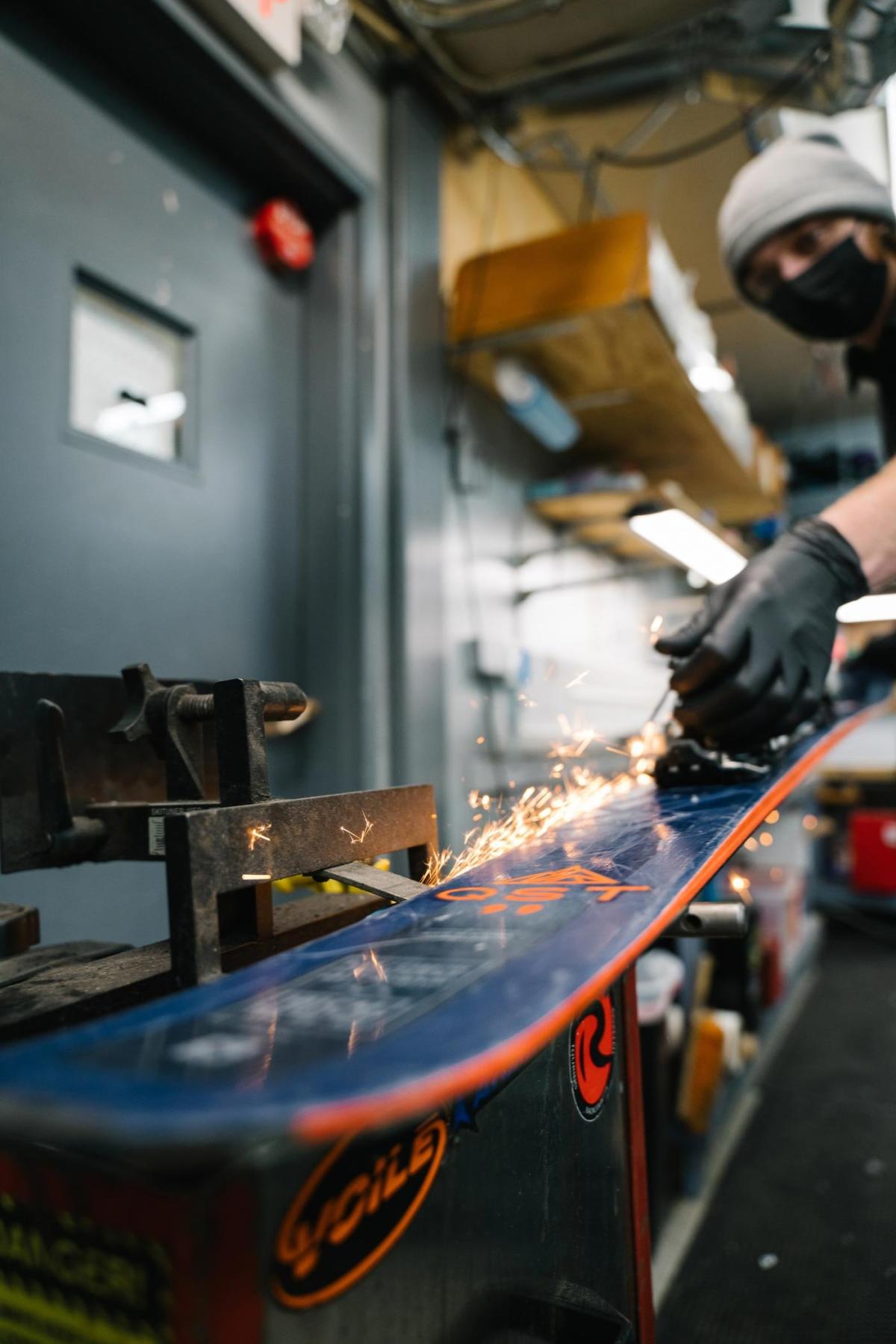
Skis, Snowshoes, or Splitboard – If you choose to snowshoe you’ll need a backpack and poles are optional.
Touring Specific Bindings – If using a splitboard you will need pucks for your bindings to stay on your board.
Skins – Arguably the most essential part of your set up. If you’re taking multiple runs, consider storing them inside your jacket so the glue stays warm from body heat.
Collapsible Poles – There are a lot of options for low profile and easily collapsible poles. Make sure to get a pair you can operate easily with gloves on.
Ski or Snowboard Boots - There’s nothing worse than cold toes or hurting feet while touring. Make sure your boots fit properly and ski boots with uphill mode will make your experience much more enjoyable.
Backpack – They make touring specific packs that will fit your skins, poles, shovels, probes, survival/first aid kits, water, and extra gear.
Photo by Zach Walbridge courtesy of SkiRack
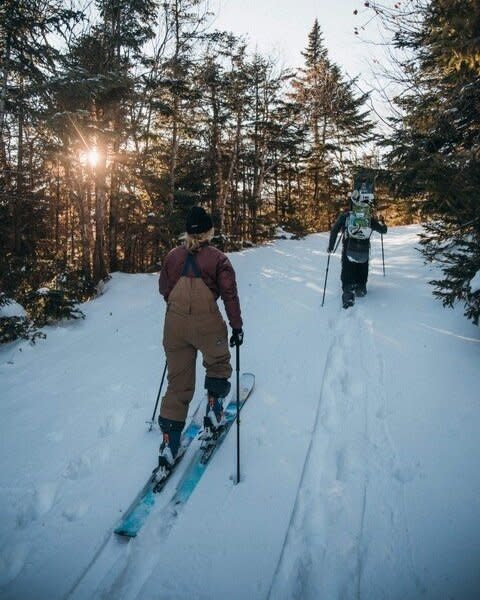
Voile Straps – Worth their weight in gold, these can help repair broken gear and hold things together.
A Ski or Snowboard Tool – Keep your screws tight and your bindings together.
Extra Binding Parts – There’s nothing worse than a broken binding. Most companies are now offering spare parts that you can easily store in your pack. Extra ladders, ratchets, and bolts can save your day.
Insulated Water Bottle – If you store upside down, the cap will not freeze in cold temperatures.
Headlamp – Whether you’re approaching your run in the early morning hours, taking a night lap, or you’re stuck in the woods; headlamps are essential.
Photo by Zach Walbridge courtesy of SkiRack

SOME SMART EXTRAS
• Survival/First Aid Kit – In case of emergency these kits can save your day or a life.
• Two-Way Radio(s) - Stay in contact with your group and they can call for help. Just make sure to check which channel ski patrol uses.
• Space Blanket - Easily packable in your jacket, space blankets can help keep you insulated in case of an emergency.
• Puffy Jacket – Always a warm and easily packable item to add to your touring pack.
Photo by Zach Walbridge courtesy of SkiRack
TOURING AROUND BURLINGTON
Some of the best touring terrain in the east is located within an hours drive of BTV airport. From uphill skin tracks meandering through the woods to established routes at ski resorts, here are a few close options to keep you busy all winter long. For anyone new to touring, we recommend starting with the uphill trails at a nearby resort.

Bolton Valley – You can see Bolton easily from parts of Burlington. Just a thirty-minute drive from downtown brings you access to the mountain’s high-elevation, snow globe that generates over 300 inches of annual snowfall. With 12,000 acres of terrain to explore there are plenty of untouched powder stashes in their designated backcountry area. Owned and operated by a family that whole-heartedly loves backcountry, touring at Bolton is a must to say the least. Make sure to visit the Nordic center to grab an uphill pass. You can also sign up for lessons or private guided tours. Learn more about their up-to-date uphill policies and backcountry access here .
Photo courtesy of Bolton Valley
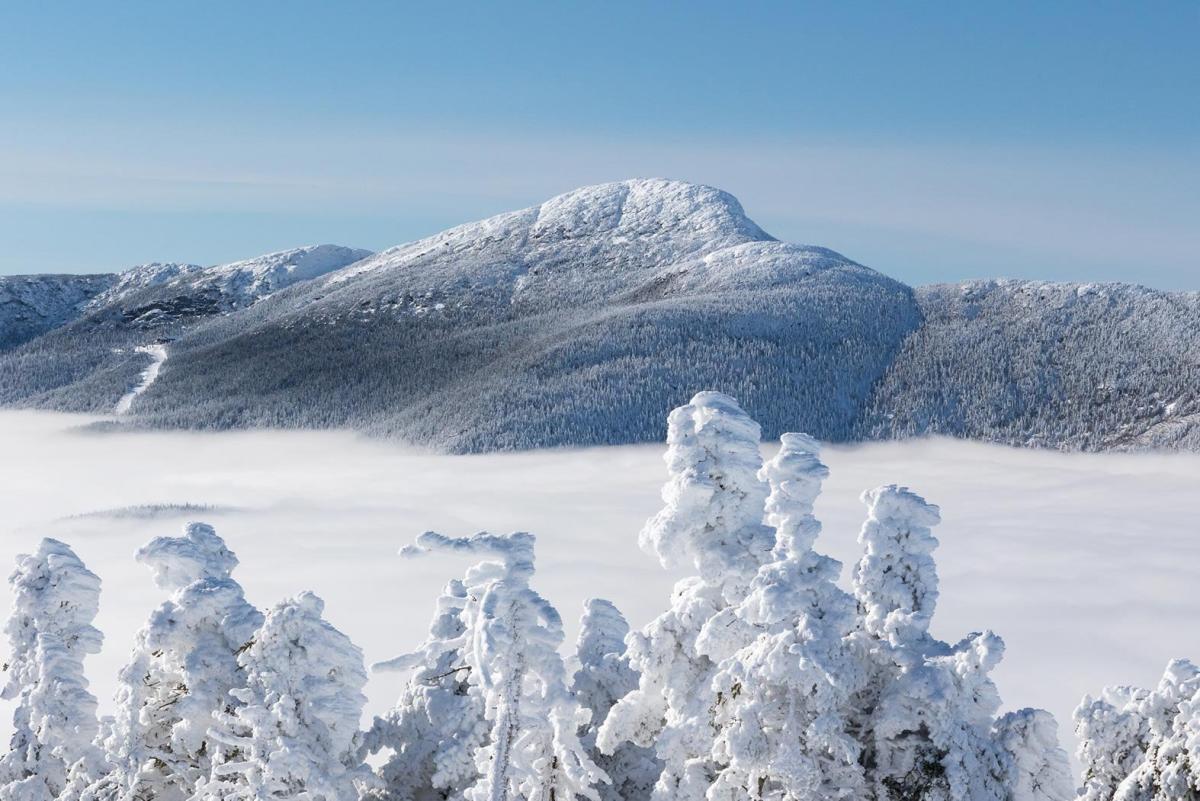
Smuggler’s Notch – A family-oriented resort full of soul and good runs. Smuggs hosts some of the longest runs in Vermont and is surrounded by breathtaking views. From the legendary Madonna lift to touring in the Notch, there are plenty of options to challenge all levels of touring enthusiasts. Between their terrain and family first approach, there is a reason why it’s local’s favorite resort. Notably, they offer free uphill access. You can learn more about their most up-to-date uphill policies here.
No matter where you go, please remember to treat our touring trail networks with respect and if you’re at a resort stick to their designated uphill and downhill routes and stick to their rules. They are there for a reason. Speaking of which…
Photo Courtesy of Smuggler’s Notch
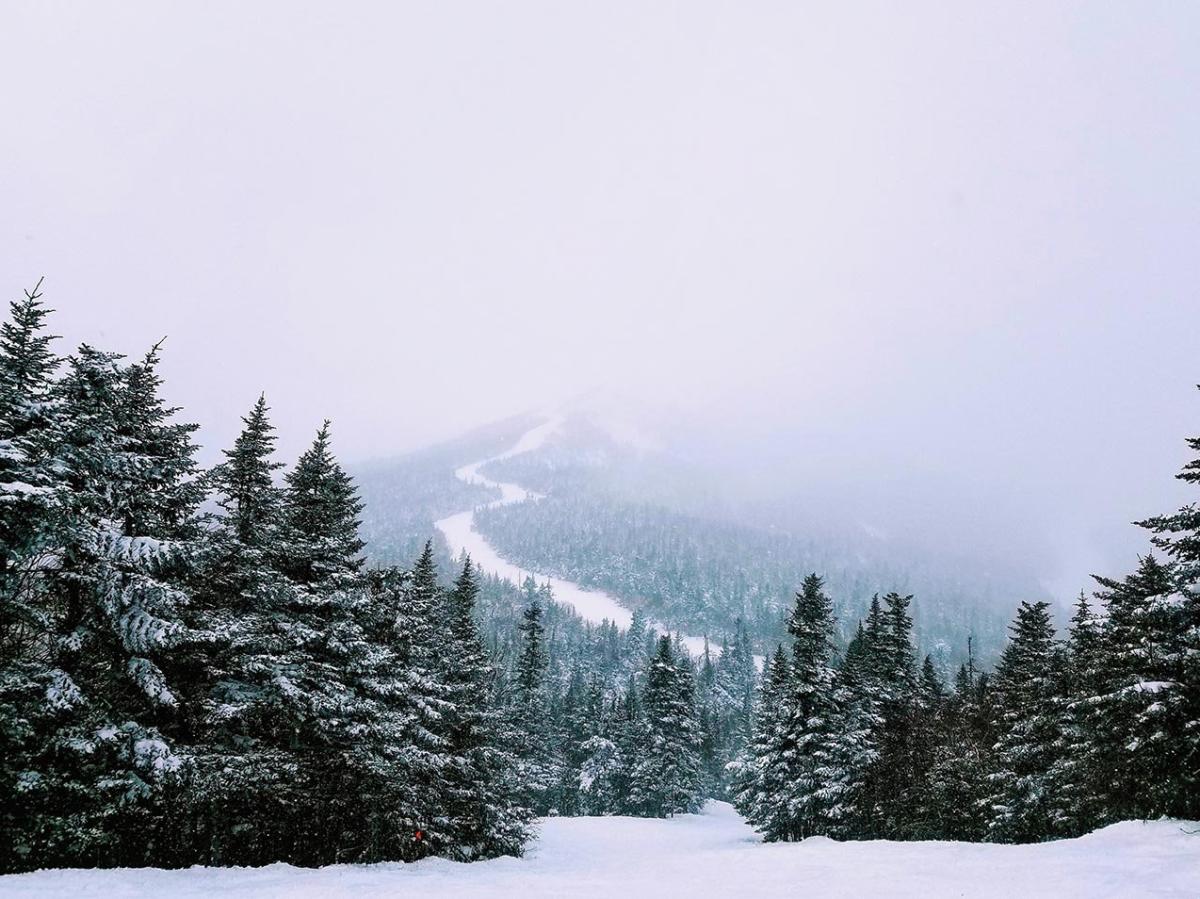
Jay Peak – Known for the “Jay Cloud”, this resort receives the most snowfall out of any resort in the northeast. With over 100 acres of gladed terrain, an annual snowfall of 359 inches, and a waterpark to enjoy after your tour we highly recommend taking a trip to Jay. You can learn more about purchasing an uphill pass, their policy, and routes here.
STAYING SAFE
No matter how experienced you are, accidents happen. And once you get into the woods the consequences of accidents increases. While we don’t want to be a downer, it is important to recognize the risks associated with resort and backcountry exploration and to take the proper steps toward being prepared for worst-case scenarios. If you’re outside the boundaries of a ski resort it is more than likely that ski patrol will not be able to assist you in case of an emergency due to skinning hours and/or terrain. With that in mind, here are few things you can do to reduce your risk while touring:

The 40” Rule – Most terrain in Vermont is made up of rocks, stumps, grass, and debris that get buried under the snow. Make sure to wait for at least 40” of base before exploring beyond the resort. Snow snakes are real and they bite hard.
Tour Together – Always ride with a partner(s), especially in the woods or backcountry. Make sure to check in throughout your run and make sure everyone is accounted for. Your crew is your lifeline and you are theirs.
Start Early – In case things go bad, make sure to build enough daylight into your tour to keep you and your group visible, safe, and warm even if the unexpected happens.
Take A Course – There are First Aid/CPR, Survival, and AIARE 1 Avalanche courses offered in the Burlington area. Check out Petra Cliffs for more information about avalanche courses.
Photo by Ralph Kucharek

